Punjabi Centuries: Tracing Histories of Punjab
The historical and territorial space of Punjab has been politically and spatially unstable and changing, What Punjab means to different people also varies over time and context. Equally, what one holds dear about Punjab, the sense of ‘Punjabiyat/Punjabiness’, is both emotionally and culturally complex.
Punjabi Centuries highlights some critically important issues. Including India, Pakistan and the diaspora, the volume focuses on the crucial nineteenth and twentieth centuries, leading up to the present. The chapters explore the cultural, social and economic continuities and changes across this time.
Authored by scholars from India, UK, USA and Canada, the chapters study diverse issues:
Contents: List of Abbreviations List of Images Acknowledgements Punjabi Centuries: Tracing Histories of Punjab(s) Anshu Malhotra A Feast for the Heart and Mind: Print Culture, Polemics and Religious Debate in Punjab in the 1870s Purnima Dhavan Soundscapes of the Self: Music and Identity Assertion among Diasporic Punjabi Sikh Women in California, 1950s–2000s Nicole Ranganath Women and Print Cultures in Colonial Punjab Arti Minocha Progressive Politics, Gender and the Punjabi Literary through the Work of Dalip Kaur Tiwana Anne Murphy The Civil Servant and Super Cop: Modesty, Security and the State in Punjab Inderpal Grewal Pt V. D. Paluskar and the Punjab: Assessing a Complex Relationship Radha Kapuria Territorialising Shrines in the Sacred Landscapes of Punjab Yogesh Snehi Commemorating Baghel Singh’s ‘Conquest’ of Delhi: The Fateh Diwas Kanika Singh Caste in an Urban Business Space: A Study of the Khatri Community of Amritsar Gurpreet Bal List of Contributors Index
- economic transformations;
- the politics of the Punjabi language;
- gender imaginations in Punjab and the construction of gender identities;
- diasporic journeys;
- cultural changes in music, literature and religion;
- religious and caste identities; and
- changes from the colonial period to the last three decades of the twentieth century, to our contemporary times.
Get it now and save 10%
BECOME A MEMBER

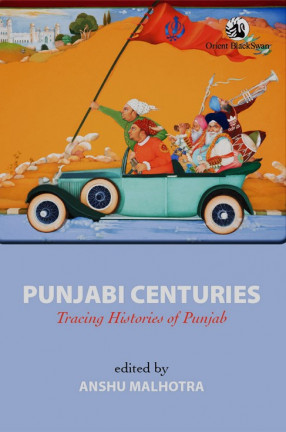
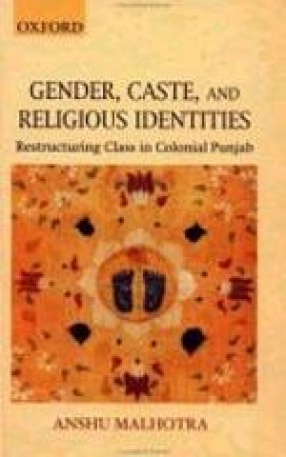
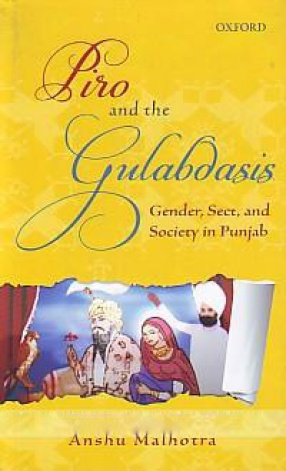
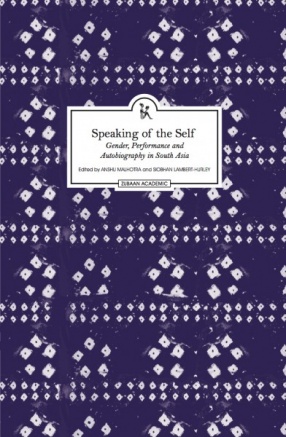
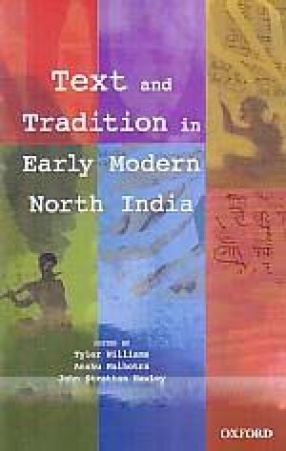

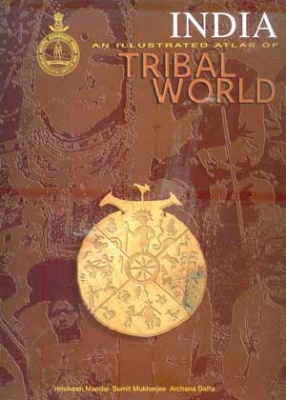
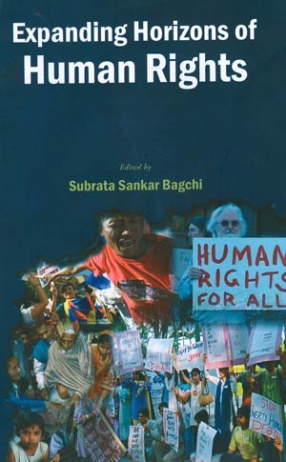
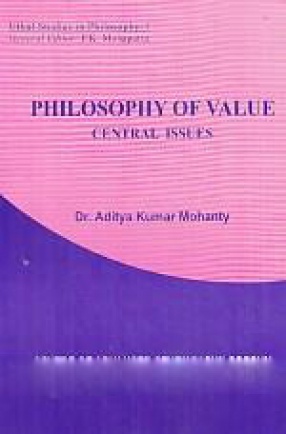

Bibliographic information